Human parasites are called all organisms that live at his expense. These are bacteria, fungi, worms. Human parasites are divided into inner and outdoor. The most uncomfortable and cause the largest number of body destruction are Helminths - various parasitic worms.
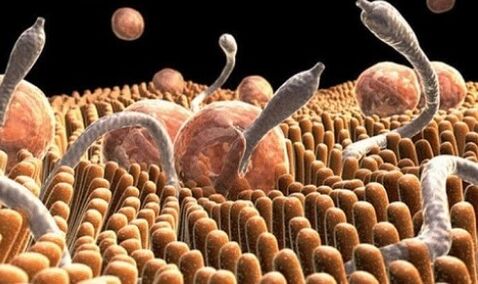
Parasites and the human body
Creatures that are parasitic in the human body can be external or internal. Exterior Includes:
- Mosquitoes.
- Leeches.
- Ears.
- Microorganisms that cause kings.
But there are many more creatures that prefer to settle inside the body. They include:
- Bacteria.
- Properly.
- Helminths.
- Fungi.
The external and internal organization of the parasite belongs to the simplest. Due to the fact that they should not be developed for survival, their organization is largely simplified.
There are a lot of creatures that prefer to settle inside the body. For example, it can be bacteria.
I can't survive without the host body, unable to get their own food. But everyone is grown, almost without exception, very quickly, especially in conditions suitable for it. Where they do not ride immediately.
Territorially differ. Some can be found everywhere, no climate for them is an obstacle. Others live exclusively in tropical countries, but on the human body can be easily brought to any other. In the body, they are also settled in different places.
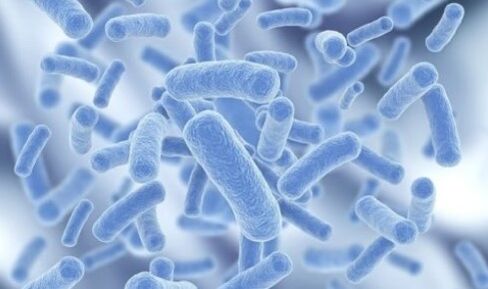
Parasite development cycles, mostly stroked for Helmintha. Some are initially developing into the country (biohelminths), then relocate to the living being. Others must first develop in the body of any other living being, but not a person. Third, in adult condition, you can transfer to another or return again.
It is wrong to assume that the infection can appear exclusively through dirty hands. The eggs of some hermimans are sustainable outside the nutrients for six months and are kept by animal wool. Eggs survive in a dangerous environment for them - it is worth cooking meat or fish wrong, because in you can pay the whole breeding worm.
It is worth cooking meat wrong, how the whole lighting worm can be paid in you.
Endoparazites
The parasites are divided into endoparies and ectuparazites. Endoparasites - those inhabited from within, the ECTO-out. Endoparasites are able to settle in almost all internal organs and body tissues. Are divided depending on localization. Endoparasites are:
- Connecting to the external environment of the endopariteller of the internal organs.
They placed exactly in those bodies associated with an external environment, not the other way around: the parasitic body was not selected for "breathing". Such bodies include hoses, light, human race system. These are amebi, worms and burns parasitic.
- Parasites.
Placed in human blood. They can live in plasma, white blood cells, red blood cells. These are trinosomes, microfillaries or haemosporidia.
- Fabrics Endoparazites.
They endoparazites who choose the body's tissue with their residence. Muscular tissue, brain, cartilage, vine. Even in nerve fibers, the endoparosites of tissues can be settled. These are fins of ski worm, trinosoma, mykosporidia, trichina and others.

Endoparasites can choose a brain with their residence.
Determining the diversity of parasites at the site of its localization is very conditional. Many species are able to migrate to various internal organs, travel regularly to the wet body. The reproduction process may occur in one place, and the organisms will be direct and feed in another. The place where the parasite is justified and the place of its conditional localization will be considered.
Despite the simplification of many parasitic systems, their life cycle is quite complicated.
Some varieties during their lives for survival must change several owners who may refer to various biological types. Others are able to survive only one biod type inside, but they may require medium hosts. In one person they multiplied, and in the second they develop and grow up. With such a complex life cycle, their sexual function increases significantly. It is necessary to multiply for survival in the body in the body quickly and much.
Helminths
There are three main varieties of Helmintha, which are called worms. This:
- Nematodes, they are round worms.
- Cestodes, endoparies of tape forms.
- Trematodes, also known as plates.
Then they can be divided into life cycle and number locations that move on to this time. There are three types:
Geo-Sheminths.
"GE" is the Earth. These worms begin their existence in earthly ground, only after the maturation phase I can infect a person. They don't need middle hosts, eggs fall into the ground together with human feces. In the phase of the larvae, they are evolving exclusively in the warm season.
Such worms include ascarides, hose ugritsy, ne -core and blazo -heads.
The larvae of these parasites can enter the human body through non-gogress vegetables or direct contact with the ground.
Biohelminths.
These are parasitic worms, phases of life that pass through several owners. Intermediate hosts can be two or more depending on the variety of worms. Some parasites change the exclusive person. Others, before they finally enter the human body, are used by the organisms of other biological beings for development.
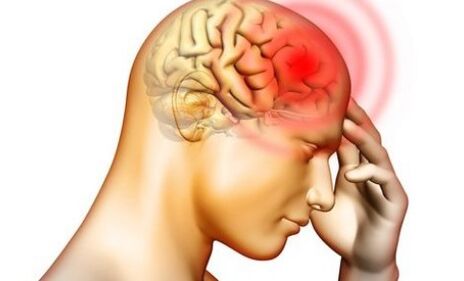
You can infect your pet or in touch with other people, also when consuming half -drated meat. Biohelminths include bull tires, echinococcus, wide ribbon, trichin and others.
Contagioine Helminths.
These worms do not need any soil or indirect owners. They transmit all phases of their life cycle in one body, locate very comfortably. Larvae stands out directly from the human body, when you contact the household surfaces and other people, which are freely spread.
Helminsants can live in different organs and systems of the human body, periodically migrating from one part of the body to another.
The list of diseases caused by Helminthim is very extensive. Determine which parasites live in the body and which treatment can begin only after all the analyzes needed to establish species have been forwarded.
Round worms
The most widespread in the human environment were round worms, also known as nematodes. There are a total of more than 24 thousand species of nematodes in the world.
They are rounded because of their shape, which is revealed if you make a transverse incision. The most common human nemodes:
- Askarids.
- Speakers.
- Trichina.
- Blackovyv.
Helmint invasion, known as ascariasis, starts direct contact with Larvina infected soil or when unwelded fruits and vegetables are used. The parasites are beginning to develop in the intestines, then enter the person's circulation, from where they go to different internal organs, moving in oral cavity. The person, which does not notice this, swallows the adult parases several times. It feeds on the remains of non-weighted food. The ascaris waste is extremely toxic. There is no vaccine from Ascariasis, the infection can be prevented exclusively by observing personal hygiene rules.
Pinworms Infection is called Enterobiasis. These are small worms (5-10 mm) attached to the hose walls. It feeds on the blood and amenities of the bowel. They put eggs under the skin, getting out of the anal opening outside while the owner is sleeping. Due to itch, a curbs of the anal region, the larva falls under the skin and hand, can be easily transferred to other people in the house or in public places. Enterobia No painful symptoms, detection of Pinworm infection in the initial phase is extremely problematic.
Trichinella, they are trichina, these are round worms who choose an animal or person with their lord.
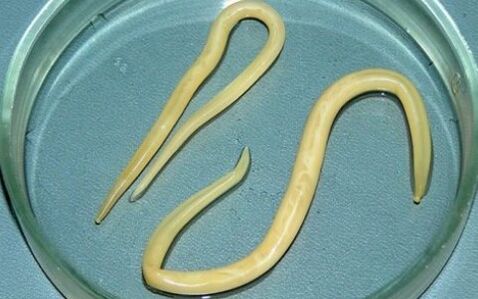
Trichinella is a parasitic worm that affects the human body, causing a dangerous vermis disease trichinelosis.
They start to develop in the area of cross striped muscles in the body, and then redirect to the small intestine. In advanced cases, infections per kilogram of muscle tissue can be located about 15 thousand trichinel eggs. These parasites can cause a deadly disease, named at its source - trichinosis.
Roundworms of diningers are called so because of their appearance. The front of their body is filament, contains one esophagus.
Back is wider, the remaining internal parasite authorities are located in it. The length of Blejal can reach 50 mm. It feeds on blood, as well as tissue fluid. Causes the disease of trichophaloses.
Ribbons
There are about 3, 500 species of famous worms with comics in the world, whose species are called cestodes. There are no digestive systems in those flat worms at all, and the diseases that cause are called cestodosis.
Most common Cestodossis:
Cystistyyrkosis.
The disease of the pork tapeworm colors is excited, enters contaminated food, from dirty hands.
The disease affects the skin, bones, internal organs, brain brains and spines. The most common parasites are sent to the brain (in 60% of cases of infection). It is diagnosed based on the occurrence of rounded skin formations. The disease is treated, in the event of a central nervous system infection, the forecast may be unfavorable.
Echinococos.
Localized in the liver, lungs, many other internal authorities. Echinokoccus larvae arouses a disease. They can develop within a person for several years.
The infection occurs in contact with animals, collecting berries and fruits, consumption of contaminated water. The disease is not too noticeable, can be developed for years, and is revealed only by accident.
Alveokocozza.
Alveococosa causes alveocococunni worms. The disease is similar to echinococus, but continues in difficult. It originates lungs and kidneys. Without treatment of the disease, there is a high probability of a fatal outcome regarding the development of liver error.
Toniranjenhoza.
Tusirinchosis caused by a bull chain. Parasitizes the ribbon in the area of the small intestine, it develops 2, 5-4 months. Forecasts are more commonly more favorable for treatment. Parasites can enter a person with infected crude or insufficiently processed thermal meat.
Ribbons ribbons are very fertile. They reduced the rest of the sensitivity and no digestive system at all. Such parasites are unable to develop without owners.
SOSAL workers
Supreme is tremotodod. These are flat worms, in the form of your body like an oblong leaf of trees.
Some tremblers can reach one and a half meter size.
And they are in the human body, they are most often through fish or other seafood. About 7, 200 species of tremphers are known, 40 are inhabited in humans and cause trematodes, serious diseases caused by infection.
Top salaries:
Liver by bic.
Globally common, there may be animals and people. The biologic life cycle is complex, the parasite changes owners.
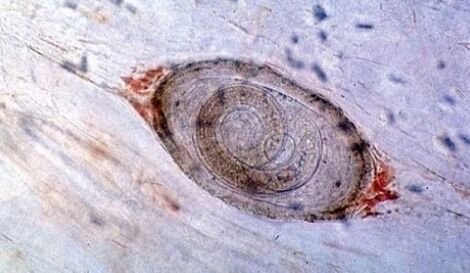
Schistosoma.
Schistosome larva can penetrate the skin or mucous membranes. The life cycle is complex, feeds in blood. One female can produce about 3. 000 eggs a day, fertility of these parasitic worms is very high.
Other liver balers.
Desisthorchiasis, helminth disease, spread mainly in the cause near the liver. The human body has a toxic effect.
The digestive system of the nubber is well developed with IT sexual and secreted. The rest of the system is evolving poorly. Tremontodes feed on blood, epithelial skin cells, bowel content. They can reside almost anywhere: from liver to conjunctival eyes eyes.
Other types of endoparasy
The remaining internal parasites are various bacteria that cause dangerous diseases and the simplest microorganisms with them. The mushroom that spreads within the human body also applies to the part of the endoparosis.
Many useful and harmful microorganisms live in the human body. Some of them cause quite dangerous diseases that can lead to death. It is not always possible to immediately recognize the presence of parasitic beings within themselves, but the early diagnosis of infection gives more chances for complete cure. If the invasion of the suspect is recommended quickly to pass a complete examination of the doctor.
























